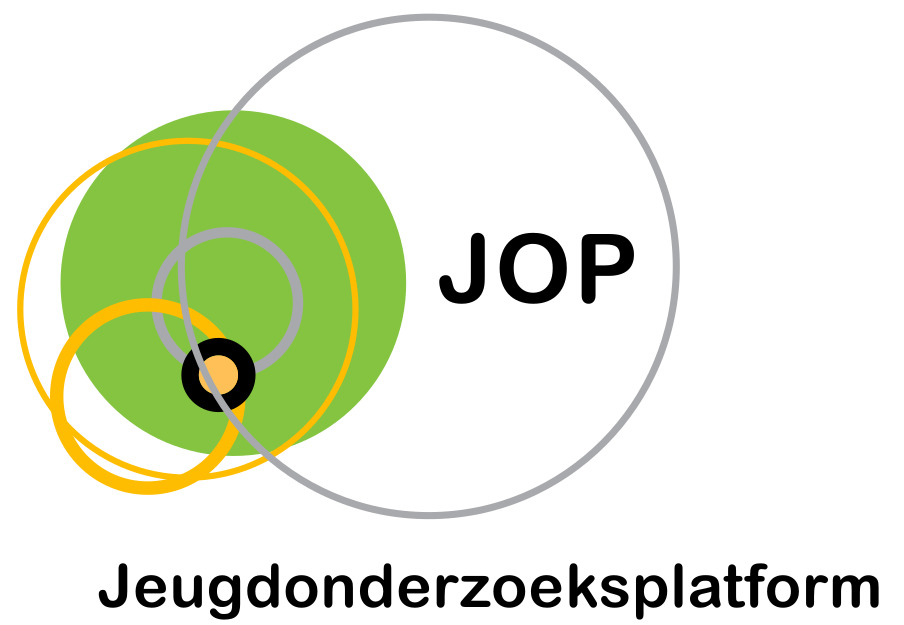Regimes of youth transitions: choice, flexibility and security in young people’s experiences across different European contexts.
Auteurs
Walther, A. (2006).

Abstract
Een context van gedestandaardiseerde transities naar werk en volwassenheid maakt dat jonge mensen meer individuele keuzes moeten maken, waardoor hun subjectieve percepties en ervaringen van toenemend belang zijn voor hun sociale integratie. In dit artikel wordt gekeken naar de impact van zogenaamde ‘transitieregimes’ op de ervaringen van jongeren in deze transitiefase. Deze transitieregimes, gevormd door sociaal beleid en maatschappelijke attitudes, creëren de context waarbinnen jongeren volwassen belangrijke keuzes maken en brengen normatieve concepten met zich mee ten aanzien van werk, werkloosheid, jong zijn en sociale achterstand. De auteur baseert zich op de verzorgingsstaat-typologieën van EspingAnderson (1990) en onderscheidt in vier transitieregimes die de ervaring en betekenisgeving in de volwassenwordingsfase kleuren. Op basis van vergelijkende studies (kwalitatief onderzoek) naar jongeren en hun transitie naar werk, legt de auteur verbanden tussen de ervaringen van jongeren met relatie tot het maken van keuzes, flexibiliteit en veiligheid en de maatschappelijke en beleidsmatige context, het transitieregime, waarbinnen zij deze keuzes (moeten) maken. Het model van transitieregimes biedt een frame om tot betere conclusies te komen in vergelijkend onderzoek naar jongeren en transities naar werk.
In a context of de-standardized transitions to work, young people are required to take more individual decisions, a process in which their subjectivities become increasingly important for social integration. While it can be assumed that this is a general trend, this article seeks to analyse the impact of different ‘transition regimes’ upon young people’s biographical experiences. Based on three comparative studies related to young people’s transitions to work, firstly, different ‘transition regimes’ are outlined, and secondly, the extent to which regime characteristics are reflected in young people’s accounts of their experiences is analysed; simultaneously, the underlying question of the extent to which young people perceive the possibilities of making subjectively meaningful choices is addressed, along with how this decision-making process is facilitated by flexibility and secured against the risk of failure and exclusion.
Publicaties op basis van hetzelfde onderzoek
Walther, A. (2005). Risks and Repsonsibilities? The individualization of youth transitions and the ambivalence between participation and activation in Europe. Social Work & Society, 3, (1).
Pohl, A., Walther, A. (2007). Activating the disadvantaged. Variations in addressing youth transitions across Europe. International Journal of Lifelong Education, 26, (5), 533-553.
Walther, A. (2007). Educated, (un)employed, activated, included – “participated”? Contradictions in supporting young people in their transitions to work. In H. Colley, P. Boetzelen, B. Hoskins & T. Parveva (Eds.), Social inclusion and young people: breaking down the barriers (pp.101-114). Straatsburg: Council of Europe Publishing.
Referentie
Walther, A. (2006). Regimes of youth transitions: choice, flexibility and security in young people’s experiences across different European contexts. Young, 14, (2), 119-139.
Taal
Engels
Publicatievorm
Tijdschriftartikel
ISBN
1103-3088
Trefwoorden
Arbeidsmarkttransitie, Kansenongelijkheid, Opleidings- en tewerkstellingsinitiatieven, Werkloosheid
